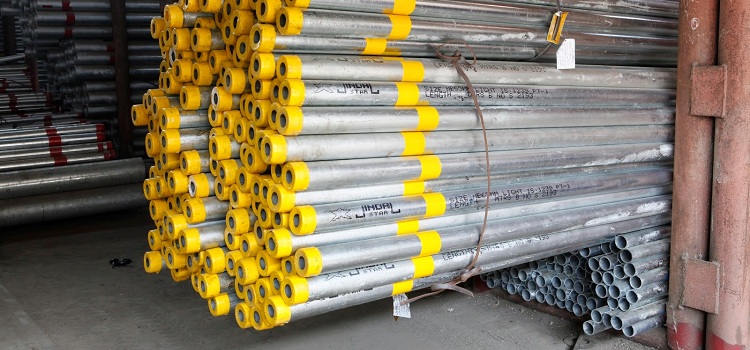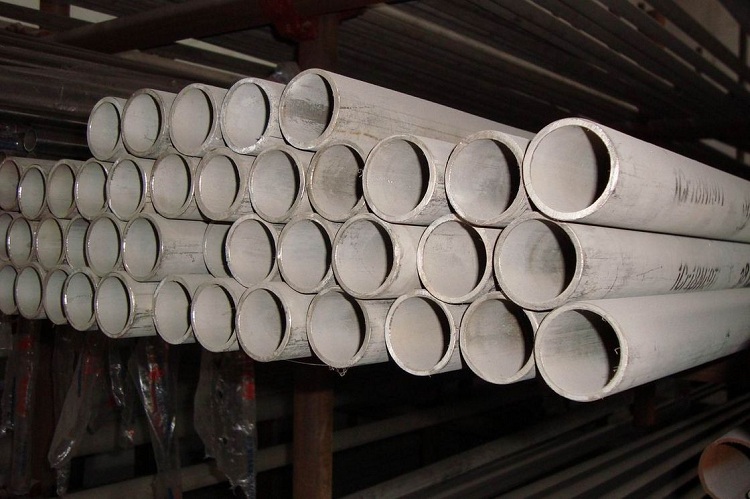A gas pipe is a product that is used in the installation of gas pipelines. Previously, only steel products were used for these purposes, however, with the development of industry pipes from a modern polymeric material, polyethylene (PE), began to be used. Polymer products have high technical characteristics, but still have some operational limitations.
Types of gas pipelines
To date, gas pipelines can be divided into 4 types, depending on the pressure indicator that they can tolerate. Consider them:
- the first type includes products of category 1, which are able to withstand pressure from 6 to 12 atmospheres;
- the second type includes details of category 2, which are able to withstand pressure indicators of the working medium from 3 to 6 atmospheres;
- the third type includes medium pressure pipes. The pressure indicators of the working environment in such communication can be from 0.5 to 3 atmospheres;
- the fourth type of pipe is represented by low pressure products. Such a gas pipeline is capable of having a pressure of 0 to 0.05 atmospheres.
Note! The material from which the elements of gas pipeline structures are made is selected not only according to pressure indicators, but also in accordance with other equally important factors, including: throughput, strength, laying method, etc.
Gas pipes for a specific site are selected according to the following parameters:
- building density of the settlement;
- soil characteristics;
- indicator of currents wandering in the ground.

Not all pipes are equally applicable to all gas networks, in many cases only steel pipes are allowed
In any case, the products through which the gas will be transported must be very reliable in order to exclude the possibility of dangerous emergency situations.
Gas pipes made of polyethylene (PE)
Gas pipes, which are made of this polymer material, have a number of advantages:
- polyethylene products are characterized by good resistance to precipitation;
- a polyethylene gas pipeline is resistant to the harmful effects of corrosion;
- gas pipes made of polyethylene have good resistance to aggressive chemical compounds;
- plastic acts as a material, however, such products are distinguished by good strength characteristics;
- polyethylene pipes can be laid even in adverse climatic conditions. They are able to tolerate very low temperatures (up to −60 ° C);
- they have dielectric properties, therefore, they are allowed to be laid in soils with stray currents without fear that this will affect their performance;
- the cost of products from this material is lower than that of steel counterparts, which is also an important factor.
It is worth noting that polyethylene products also have one big drawback - poor resistance to ultraviolet rays. Therefore, polyethylene products are not recommended to be installed in an open way. Consider other recommendations and limitations on the installation of communications from this material:
- the minimum temperature that polyethylene can withstand, as mentioned above, is −60 ° C, however, it is not recommended to use pipes from this material at temperatures below −45 ° C;
- the laying of such products in seismically active areas where seismic activity may be more than 6 points is prohibited;
- plastic products cannot be mounted in the city if the pressure indicators in the gas pipeline construction belong to categories 1 and 2.
In the above situations, it is necessary to lay a gas pipeline of steel elements.
Steel gas pipes
Steel pipes for a gas pipeline must be additionally treated with anti-corrosion and electrochemical materials. This is due to the fact that steel products themselves have low resistance to corrosion, and also collapse under the influence of stray currents in the ground. Processing of steel pipes increases their cost, so they are quite expensive, however, they are very strong and reliable and are used everywhere for installation of gas pipelines of any type.
Steel products are divided into types according to several indicators. Consider the classification of steel parts for gas pipelines by the presence of welds:
- welded;
- seamless.
For the manufacture of gas pipes use:
- low carbon steel;
- high-quality structural steel to which various elements are added (e.g. phosphorus).
Important! According to GOST, the wall thickness of steel products should be approximately 3 mm, for those pipes that will be used with a closed (underground) gas pipeline. And for open (ground) work, parts are used whose wall thickness is at least 2 mm. The same thickness should have products used for laying an intra-house gas pipeline.
Consider other characteristics that are considered important for gas pipes:
- throughput of any gas pipe;
- section indicator of the part.
The diameter of the steel gas pipe may be from 15 to 100 mm. Steel products, like plastic ones, are classified into categories depending on the pressure indicators that they can withstand:
- for closed laying (in the soil), products are used that are capable of withstanding pressure up to 1.2 MPa (12 atmospheres). In this case, the ambient temperature can reach −30 ° C;
- for a closed installation, pipes are also used that can withstand a pressure of 1.2 MPa at an ambient temperature of −10 ° C;
- for home installation, steel parts are used that can withstand up to 0.3 MPa (3 atmospheres). Moreover, the external section of such pipes does not exceed 159 mm.
Any gas pipe that has passed through mandatory anti-corrosion treatment has a characteristic yellow color. Steel and polyethylene products used for gas pipeline structures must comply with the necessary GOST standards, and the selection of these products is carried out individually for each specific case. Installation of any gas pipes must be carried out, adhering to all building codes and rules prescribed in the relevant documentation.








